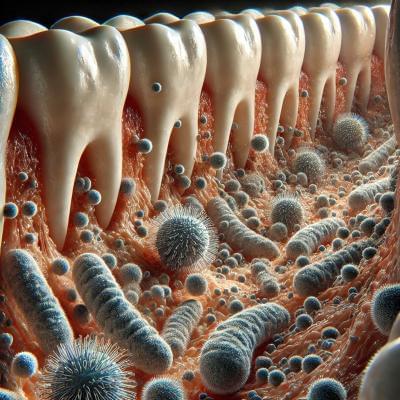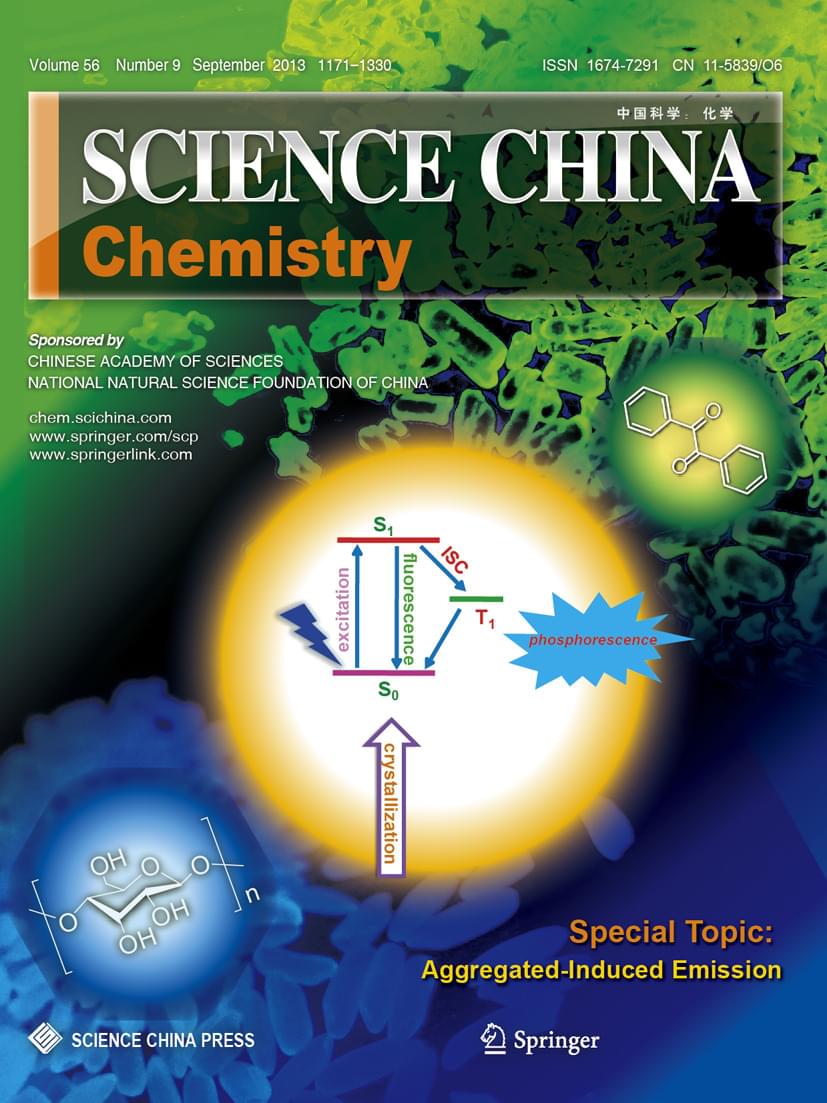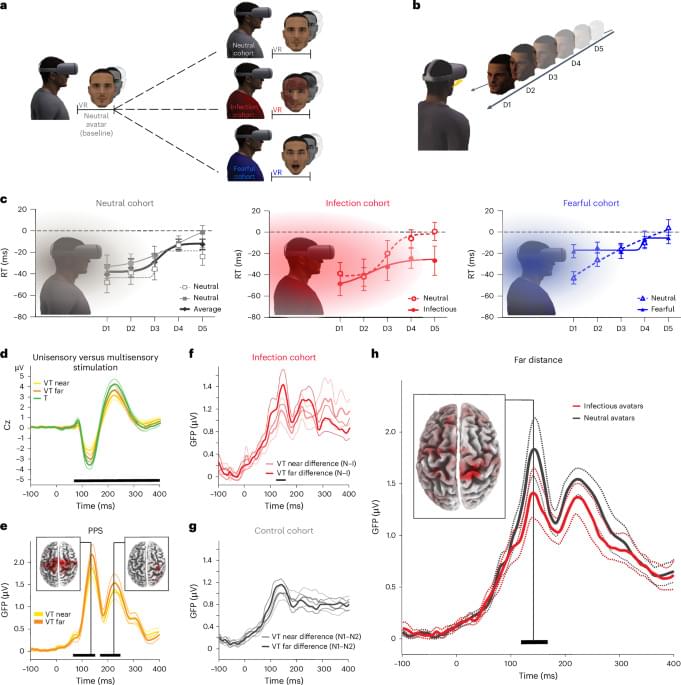To make fusion reactors, we need materials that can withstand its punishing environment, and a new Chinese-made material can survive reactors’ intense conditions.



Lysosomes degrade cellular components, and their membrane is an important signalling hub. Recent insights into the mechanisms that maintain lysosomal membrane homeostasis — including the interplay between membrane damage, repair, lysophagy and lysosome biogenesis — highlight their importance in physiology, in disease and during ageing.

NIA, NINDS: UNTANGLING THE VIRAL LINK TO NEURODEGENERATION
Scientists have long sought to understand the connection between viral infections and brain health. Can common viruses, which can reside unnoticed within our bodies, contribute to the development of neurodegenerative diseases such as Alzheimer’s and other forms of dementia? A study published in Science Advances led by researchers at the NIA tapped into data from thousands of human subjects offers compelling new insights into this enigmatic area of research.
The investigation examined the neurocognitive and plasma proteomic profiles of older adults in a community-based cohort from the Baltimore Longitudinal Study of Aging. Researchers focused on their antibody responses to four common coronaviruses and six herpesviruses with hopes of uncovering the molecular pathways linking the immune response to these viruses with brain aging and dementia risk.

Cyclic peptides, with their unique structures and versatile biological activities, hold great potential for combating skin aging issues such as wrinkles, laxity, and pigmentation. However, traditional discovery methods relying on iterative synthesis and screening are labor-intensive and resource-intensive. Here, we present an integrated platform combining automated rapid cyclopeptide synthesis, virtual screening, and biological activity assessment, enabling the transformation of designed cyclic peptide sequences into chemical entities within minutes with high crude purity. Using ADCP docking with the ADFR suite, we identified a series of novel cyclic peptides targeting JAK1, Keap1, and TGF-β proteins.


Physicist and computer scientist Stephen Wolfram explores how simple rules can generate complex realities, offering a bold new vision of fundamental physics and the structure of the universe.
Stephen Wolfram is a British-American computer scientist, physicist, and businessman. He is known for his work in computer algebra and theoretical physics. In 2012, he was named a fellow of the American Mathematical Society. He is the founder and CEO of the software company Wolfram Research, where he works as chief designer of Mathematica and the Wolfram Alpha answer engine.
Watch more CTT Chats here: https://t.ly/jJI7e

Veteran cryonicist and inventor of cryptographic hashing, Ralph Merkle, tells us how he came to decide that cryonics was a good idea. In his talk, Ralph discusses Information Theoretic Death, why information is so hard to destroy, and how advances in nano-tech might make cryonics revival possible.
Links:
• Cryosphere Discord server: https://discord.com/invite/ndshSfQwqz.
• Cryonics subreddit: https://www.reddit.com/r/cryonics/
#cryosphere
